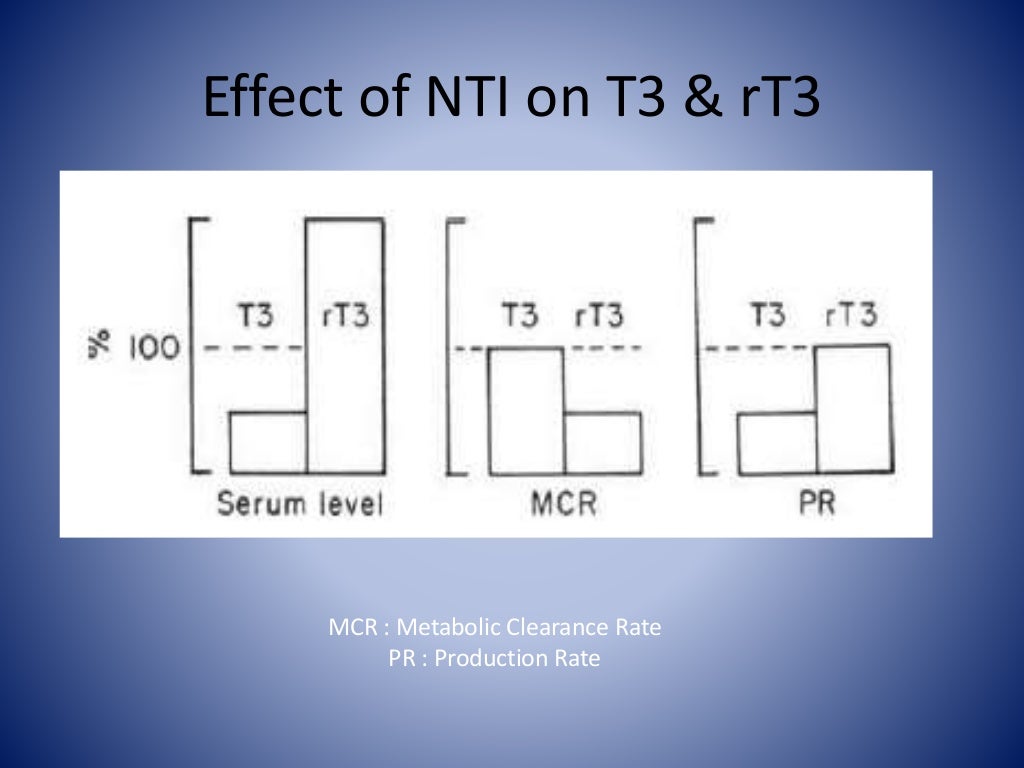

Finally, a significant direct correlation between FT3/serum cholesterol, FT3/serum proteins, FT3/serum sodium, FT3/FT4 is observed./Conclusions. The incidence of ESS is higher in elderly subjects with cancer,with recent and marked lose of corporeal weight (incidence 86%) and in subjects with worst clinical conditions. ESS type 1, with FT3 low and FT4 and TSH normal, is the most frequent form. The research points out that ESS is more frequent in the elderly subjects with cancer (incidence 58%).
#Euthyroid sick syndrome free
The following laboratory parameters were studied: serum glucose, sodium, potassium, calcium, cholesterol, lipids, proteins, leukocytes, serum, lipids haemoglobin, plateletes, VES and the end free triiodothyronine, free tiroxine and thyrotropin. In each subjects some individual variables were studied: age, sex, type of cancer, presence of metastasis, rapid shortage of corporeal weight, general clinic condition. This study examines the incidence of ESS among 220 elderly subjects hospitalized with cancer. It remains unresolved whether the hormone responses in the ESS represent part of an adaptative response, which lowers tissue energy requirements in the face of systemic illness, or a maladaptive response,which induces damaging tissue hypothyroidism./Methods. The degree of thyroid function disturbance correlates with disease severity and low levels of thyroid hormones predict a poor prognosis in several illnesses. These thyroid hormone changes may be mediated in part by cytokines or other inflammatory mediators, acting at the level of the hypothalamus and pituitary gland, the thyroid gland, and the hepatic deiodinase system.

A variety of severe illnesses can induce changes in thyroid hormone metabolism, leading to findings referred to as ''sick euthyroid syndrome'' (ESS).


 0 kommentar(er)
0 kommentar(er)
